Philippi
Our first stop the ancient Philippi archaeological site. Paul took three missionary journeys during his ministry career. On his second missionary journey, Paul planted the first European church in Philippi. Philippi was a wealthy Roman colony that was inhabited primarily by retired military and political figures that were given land by the Roman government. It was a mid-sized city with very little Jewish influence. We might compare it to Celina or Southlake, Texas in its demographics. Christianity had been an Eastern religion until God pushed Paul into Philippi. Paul could not imagine Christianity spreading to Europe; his vision was limited by the borders of middle Asia. God helped Paul open his eyes to Christianity as a world religion.
Ancient Philippi has been excavated for years, and the site is only getting larger. One of the things that impressed me, and there was a lot, was the stones in the road that have chariot ruts worn into them.
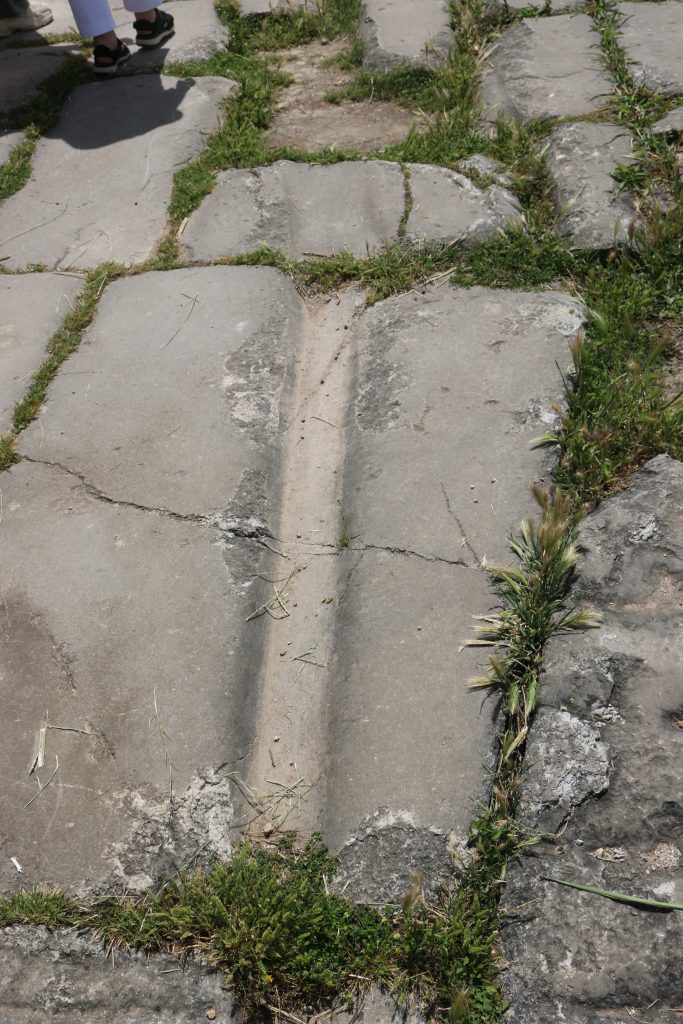
The site had a lot of wild poppies and other wildflowers.
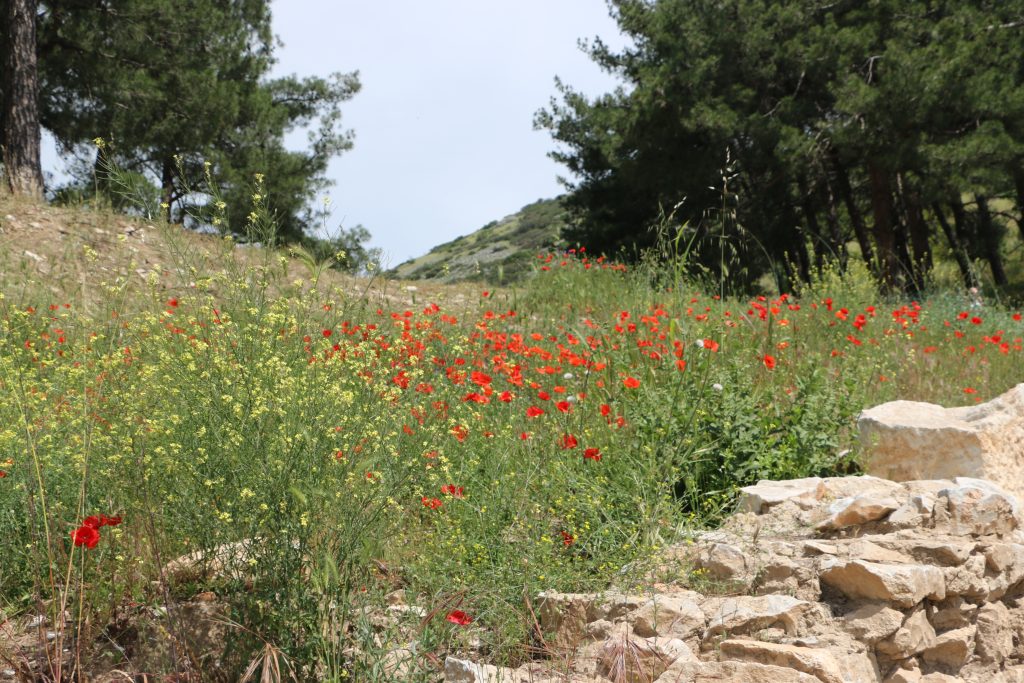
The first site you see is an excavated amphitheater. Seems like every major center had an entertainment district.
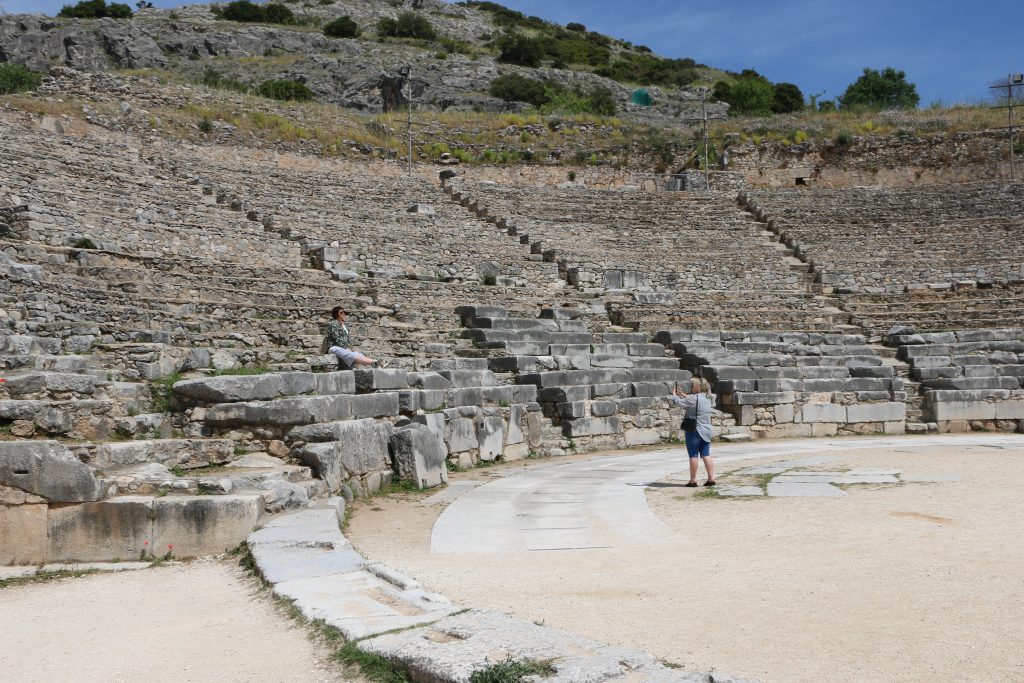
The guide said that the first two rows of seats were removed to protect them from the lions after they were done killing the Christians in the ring. Not sure two rows would be enough.
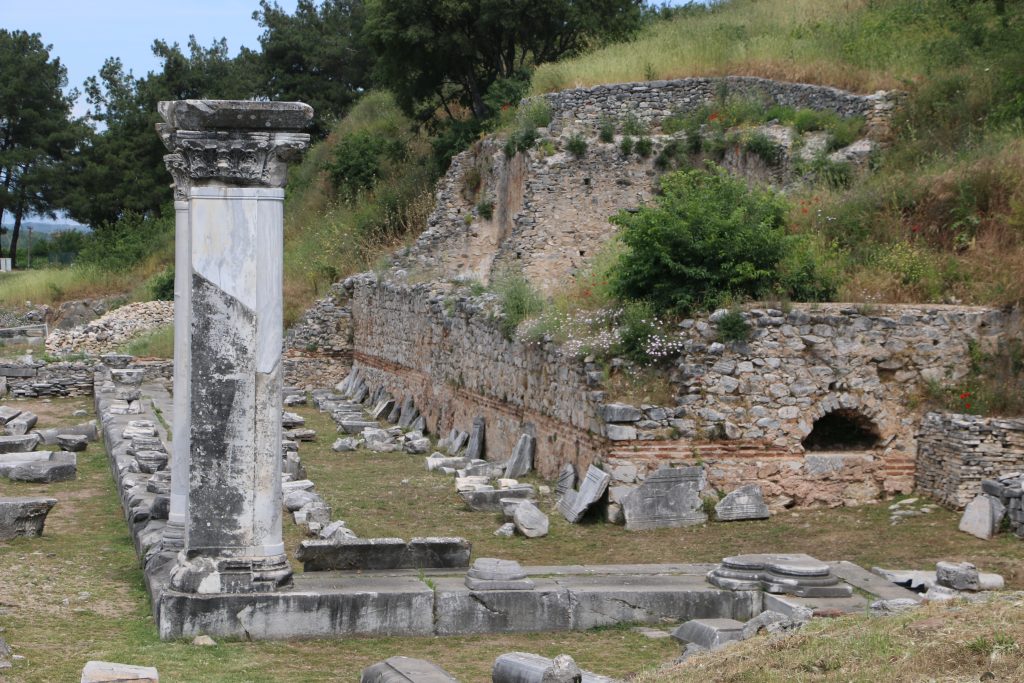
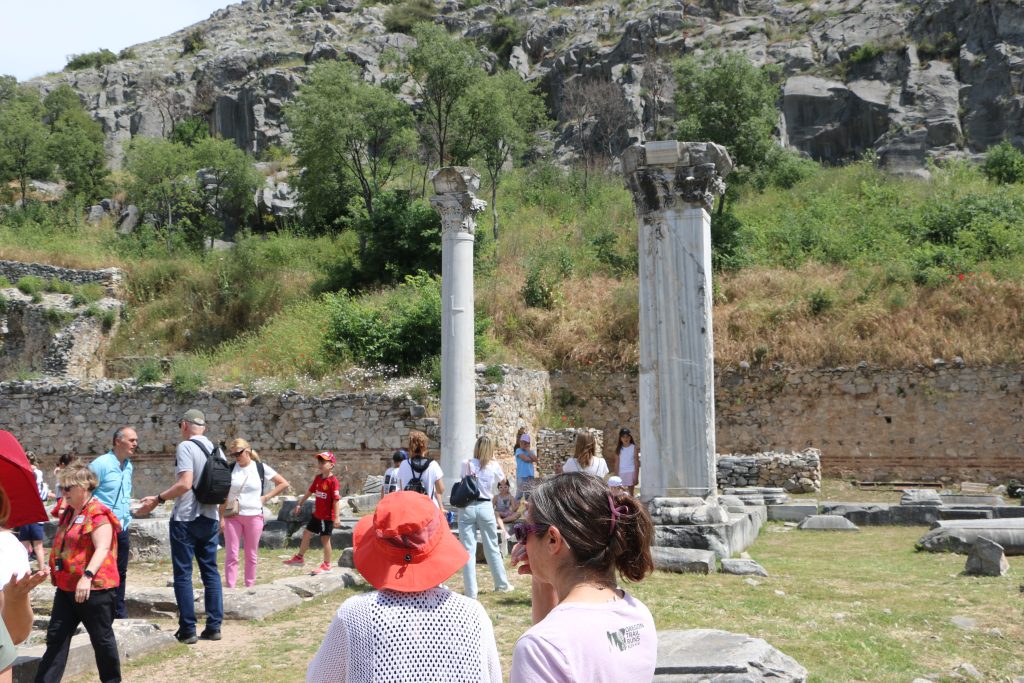
The basilica was built probably during the time of Constantine. Near that was a 1st Century prison described in Acts 16:16-18, where after exorcising a demon out of a slave girl, her owner, who used the girl’s possession to make money, had Paul and Silas thrown in jail.
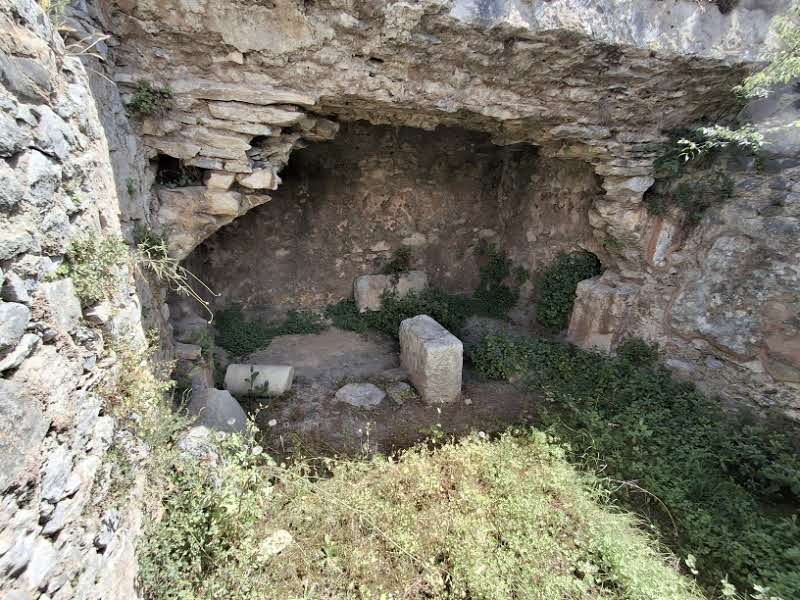
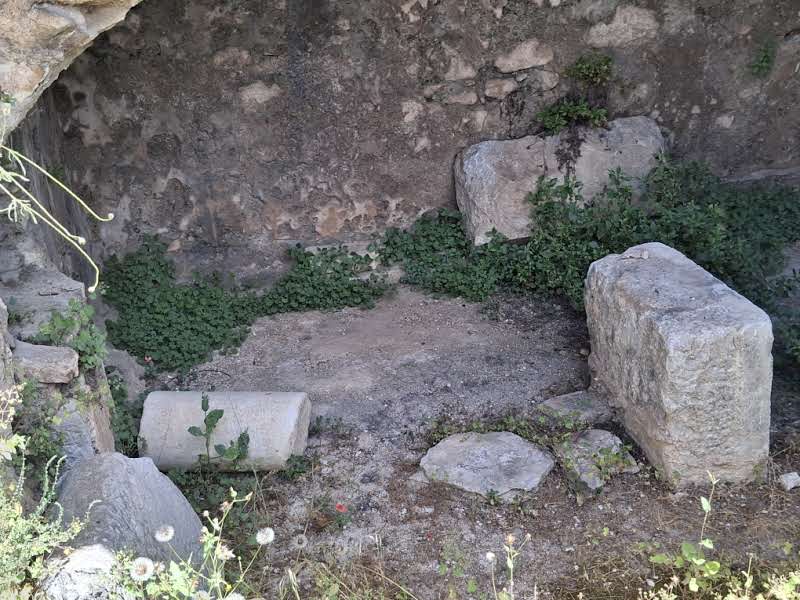
When the prison was in use, there was a roof, bars and a gate.
There was other Christian iconography in other parts of the site.
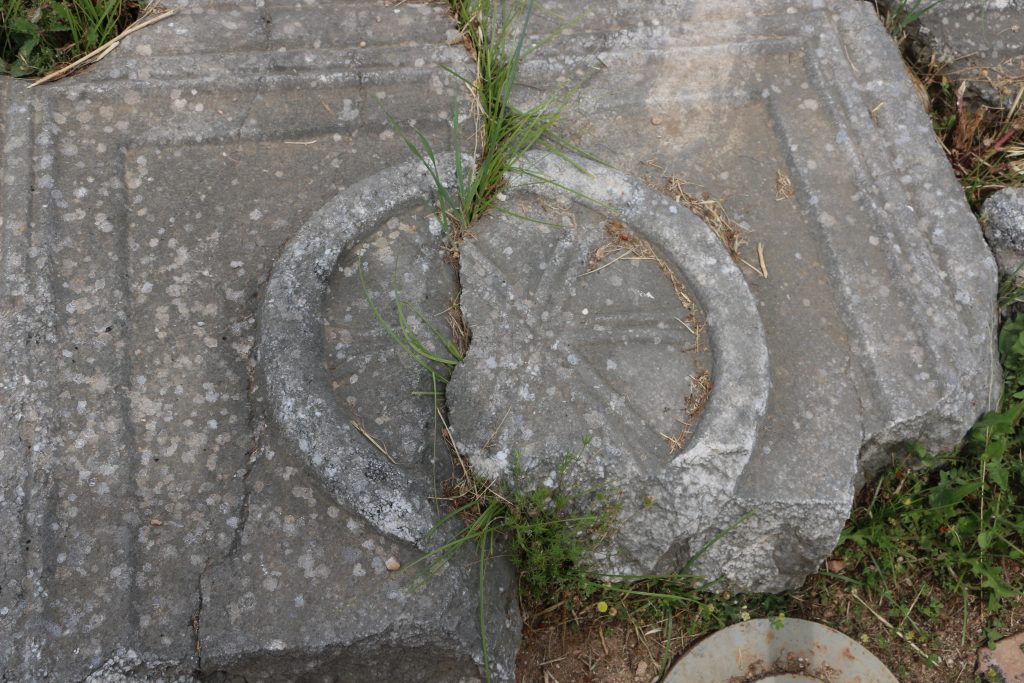
The circle with what looks like wagon wheel spokes is actually a symbol that contains all the Greek letters of the Icthys. The Icthys was early Christian symbol, the transliteration of the Greek word ixous, “fish.” ἸΧΘΥΣ (IKhThUS), or also ἸΧΘΥϹ, is an acronym or acrostic for “Ἰησοῦς Χρῑστός Θεοῦ Υἱός Σωτήρ”, Iēsoûs Khrīstós, Theoû Huiós, Sōtḗr; which translates into English as ‘Jesus Christ, God’s Son, Savior’.
As I said, the site was huge, and includes a public toilet. A big one. Apparently they didn’t like lines.
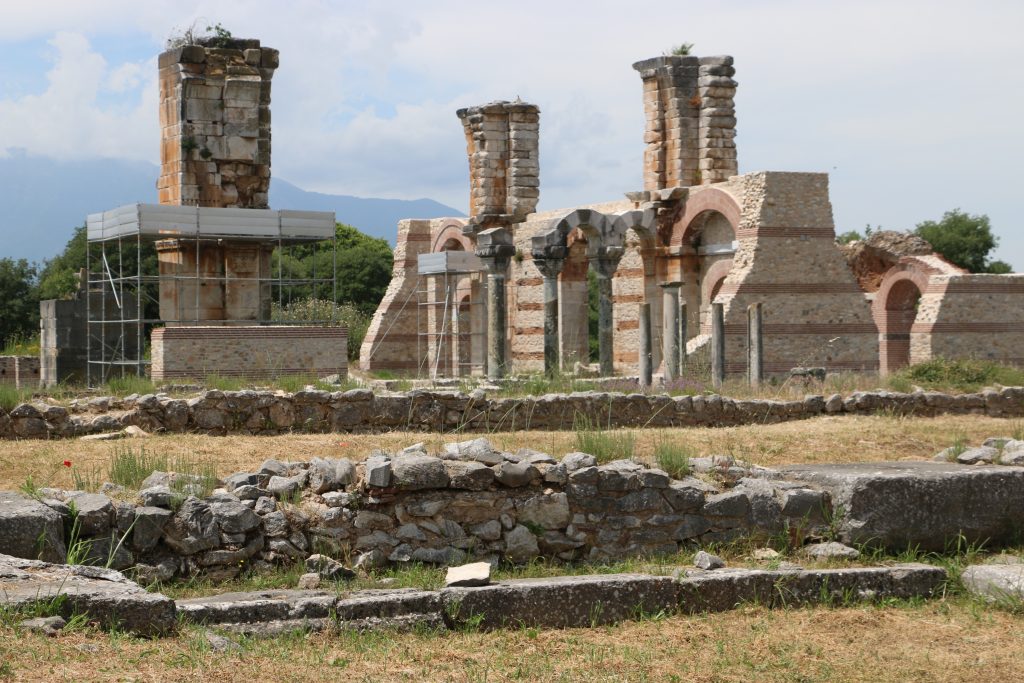
After Philippi, we went to the Lydia Baptism site (traditionally). Of course, there was a church built there. This is in reference to Acts 16:14-15 where Lydia hears Paul’s message and becomes the first person converted on the European continent.
This is where I delivered my second devotional. It’s hard to hear because of the sound of the river and my diminished voice from my sickness.
Following this, we toured the building which can be used for weddings and baptisms. It’s a little ostentatious for my taste, but the neat thing is that it tells the story of Paul in pictographs around the ceiling for those who couldn’t read.
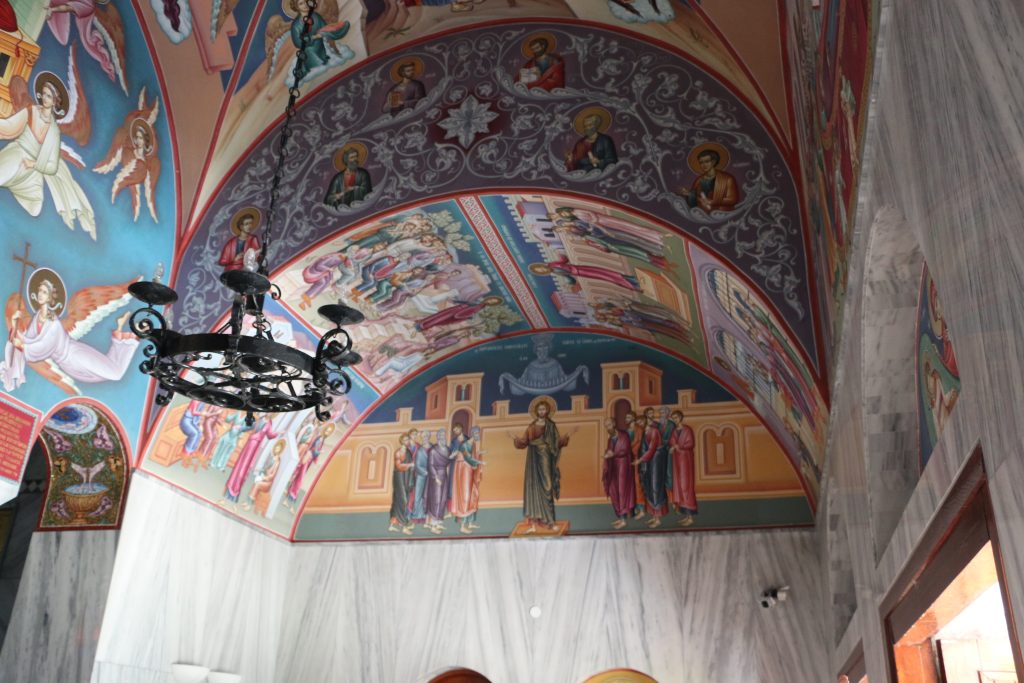
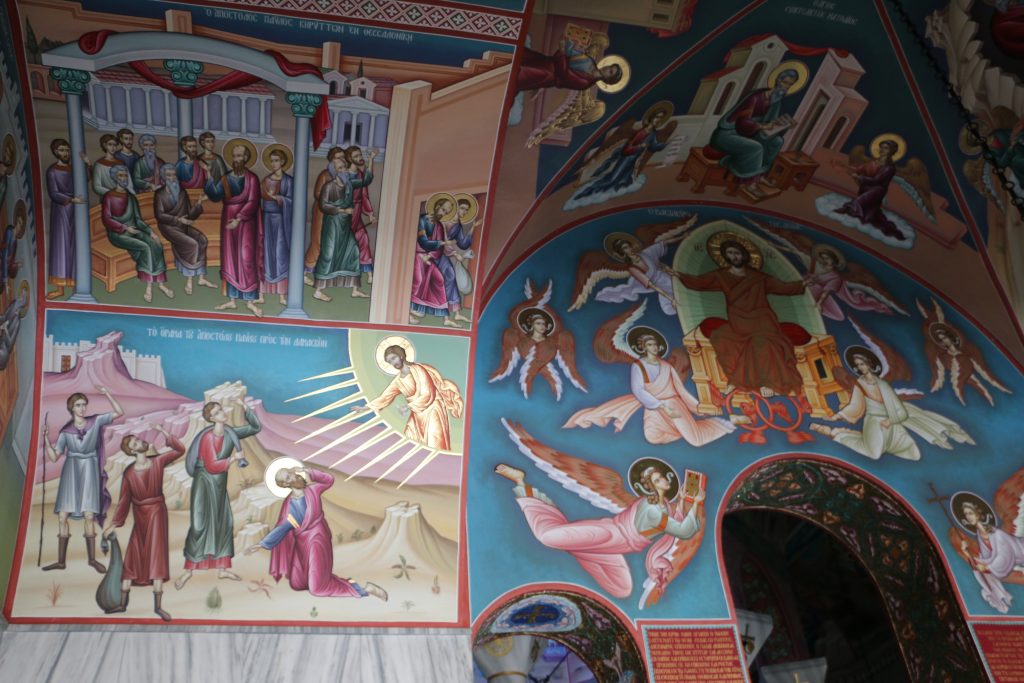
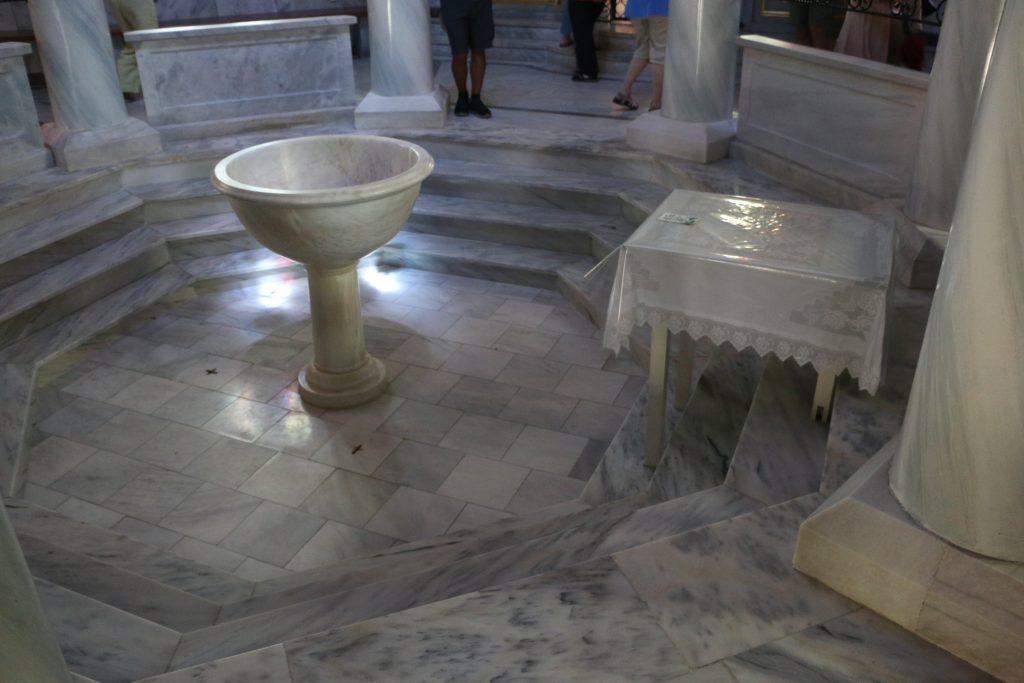
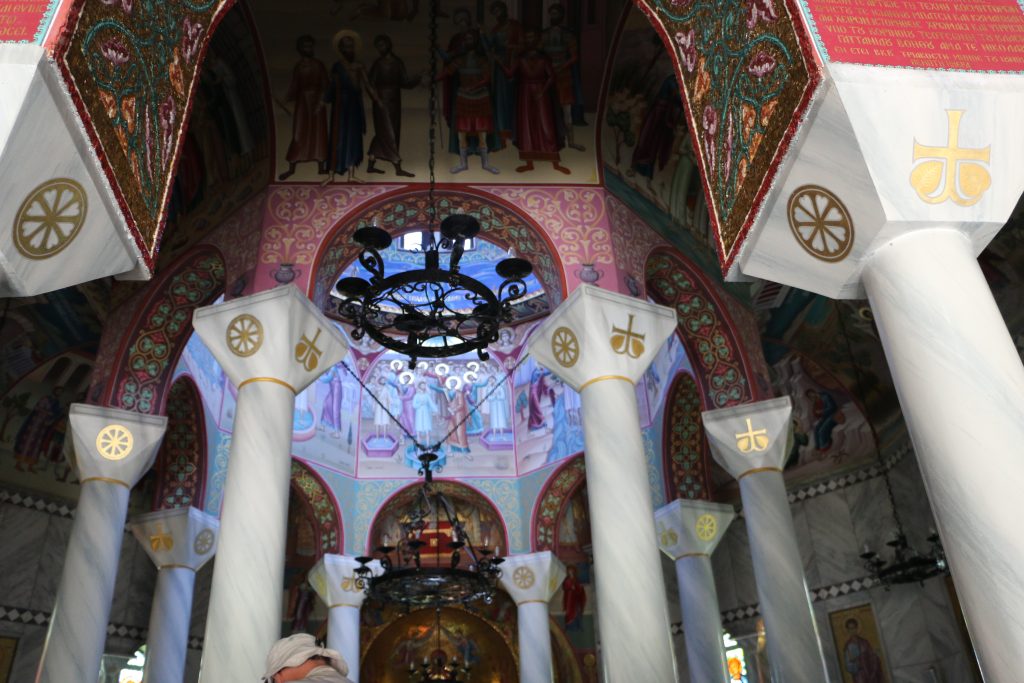
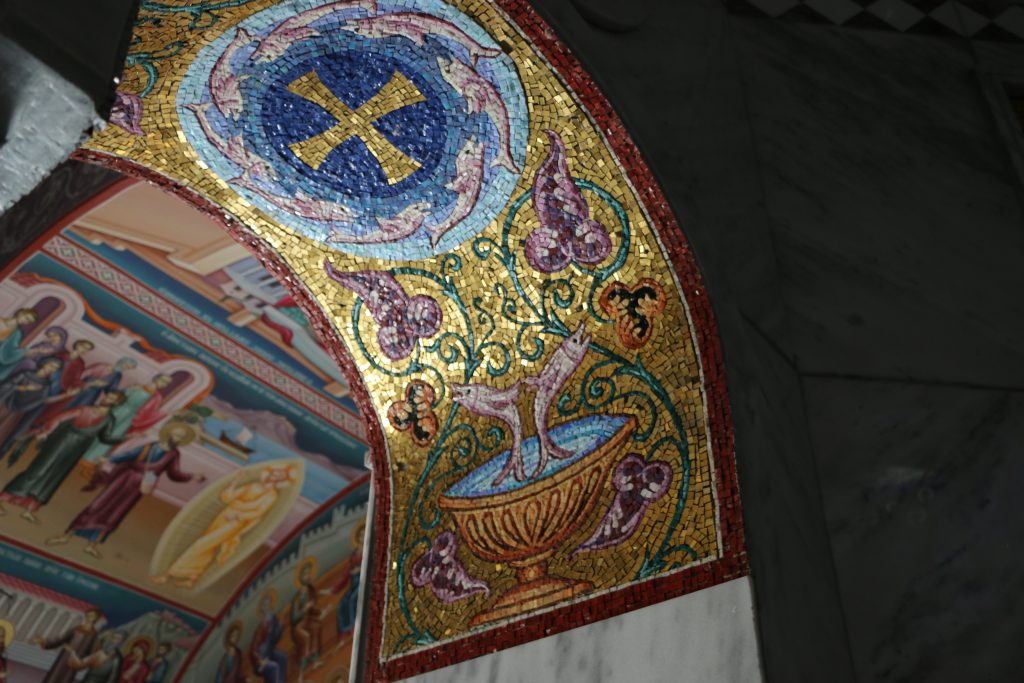
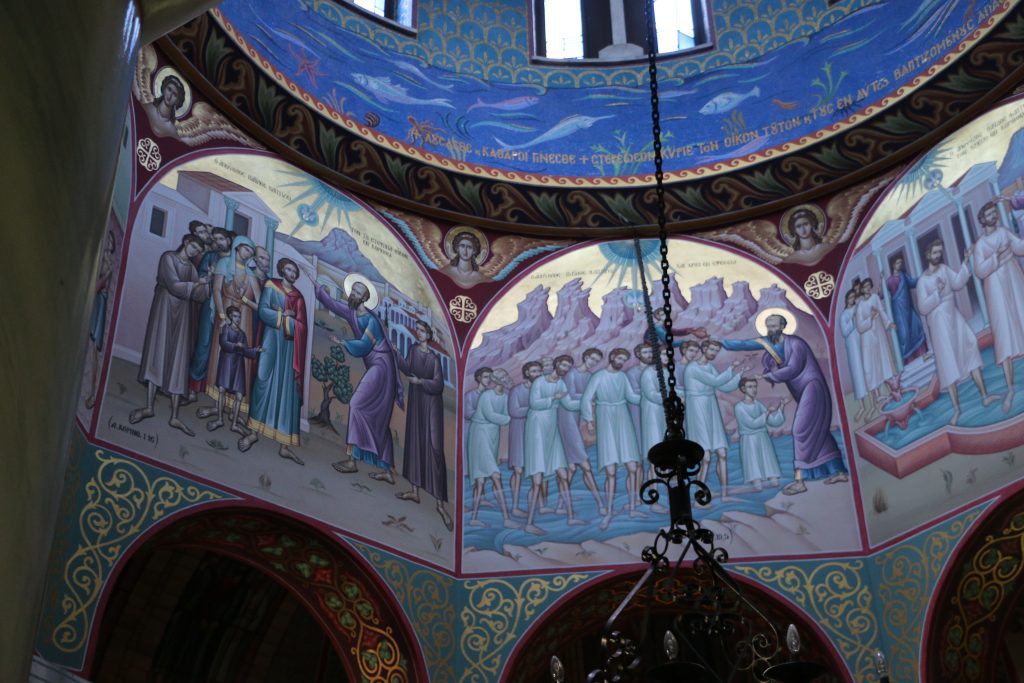
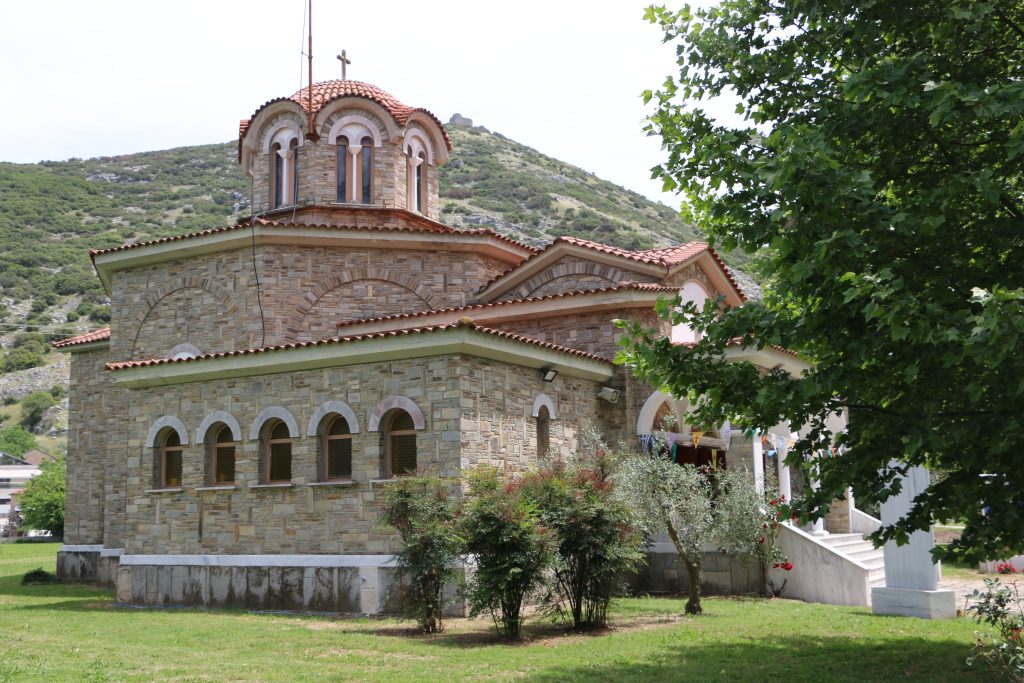
We went back to Philippi for lunch, then headed to Neapolitan, or the Ottoman name of Kavala. It was a short stop to take pictures of the scenic Aegean port.
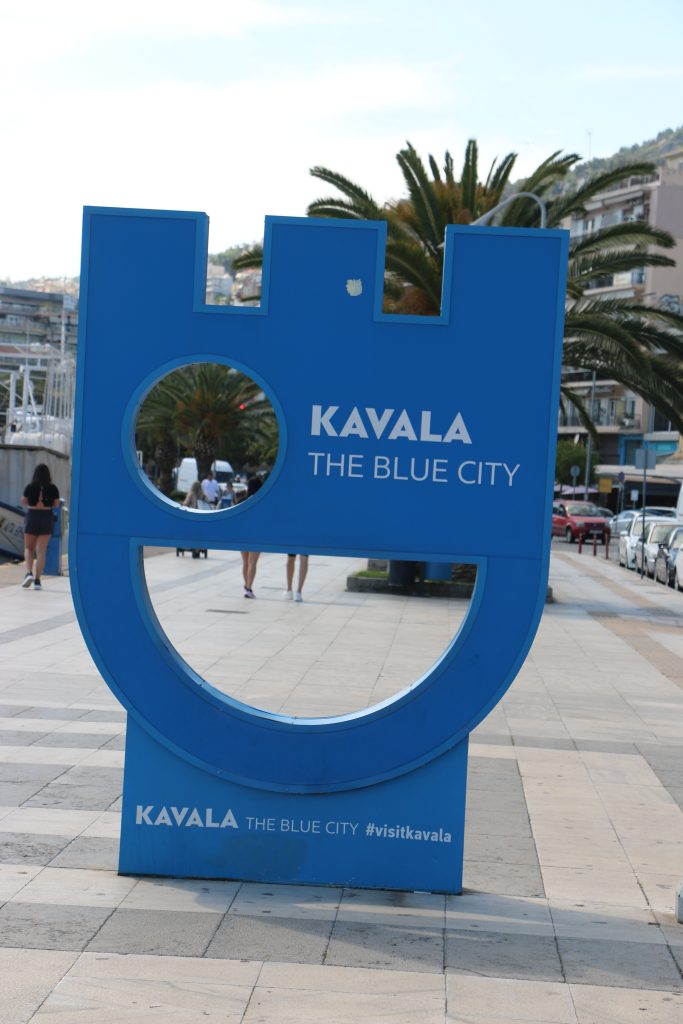
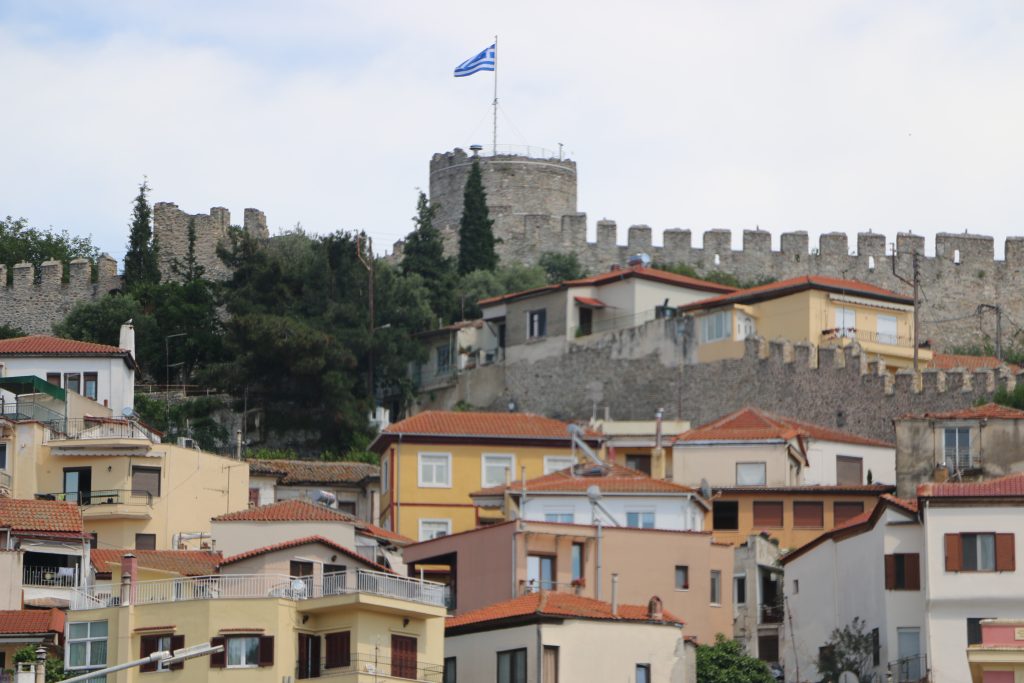

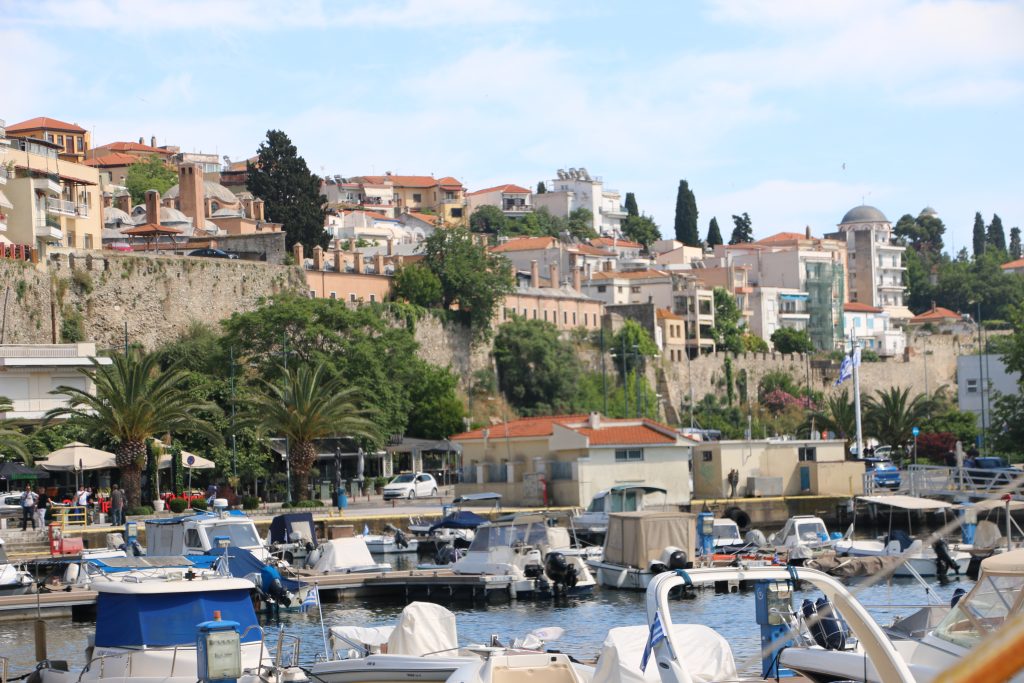
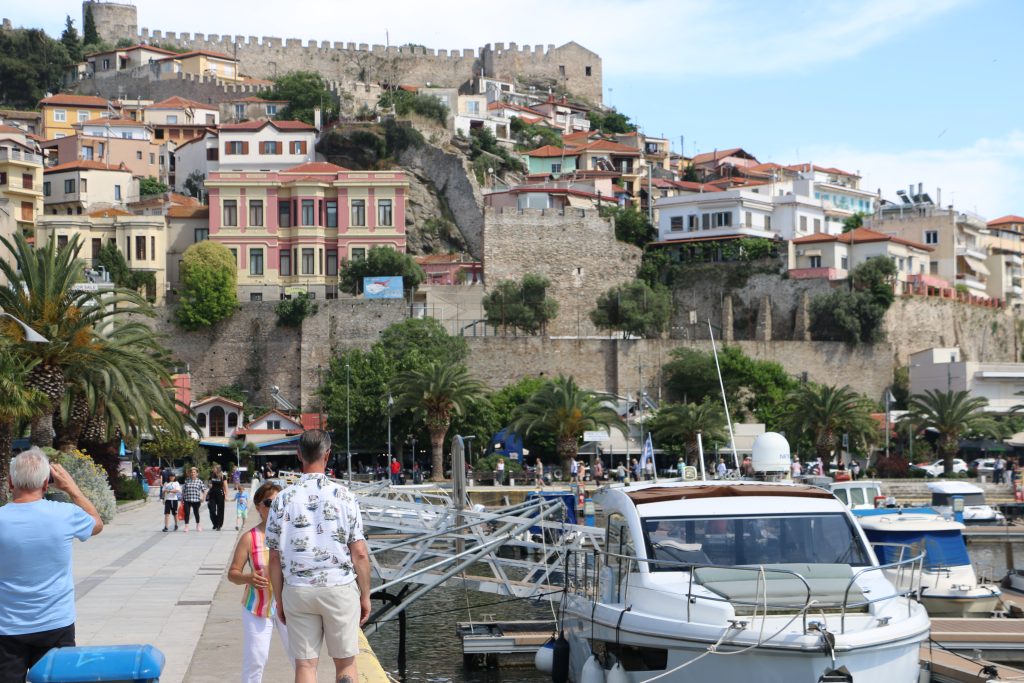
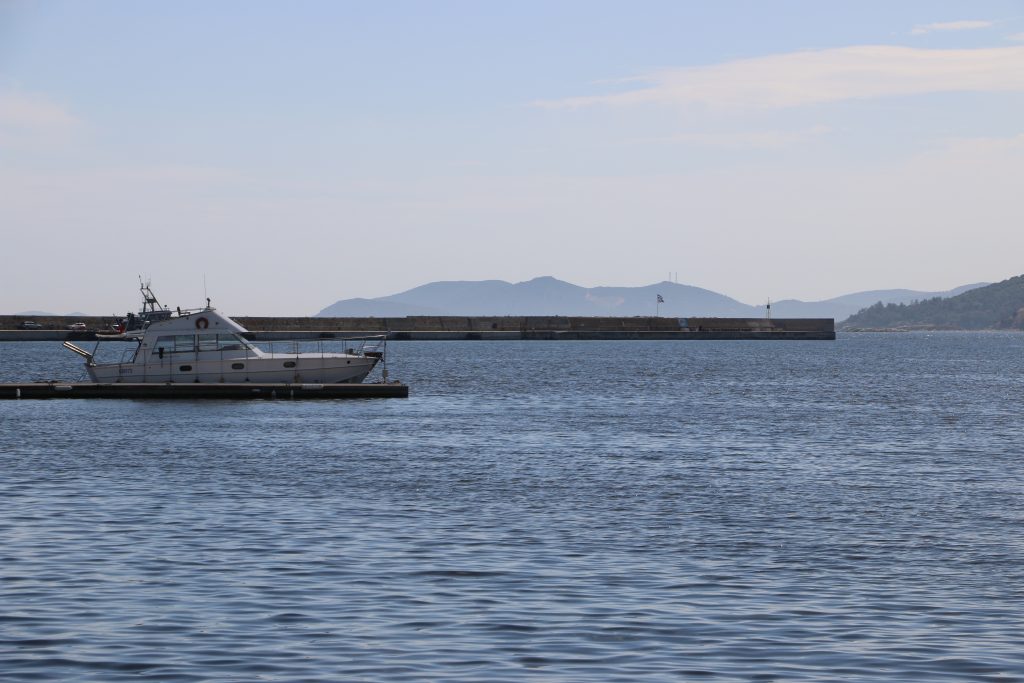
The last photo show the Island of Thasos. Beyond that is the island of Samothrace.
This was our last stop on the tour. Next, we went back to the hotel, packed and have to be up at 5:30 for an early departure.
